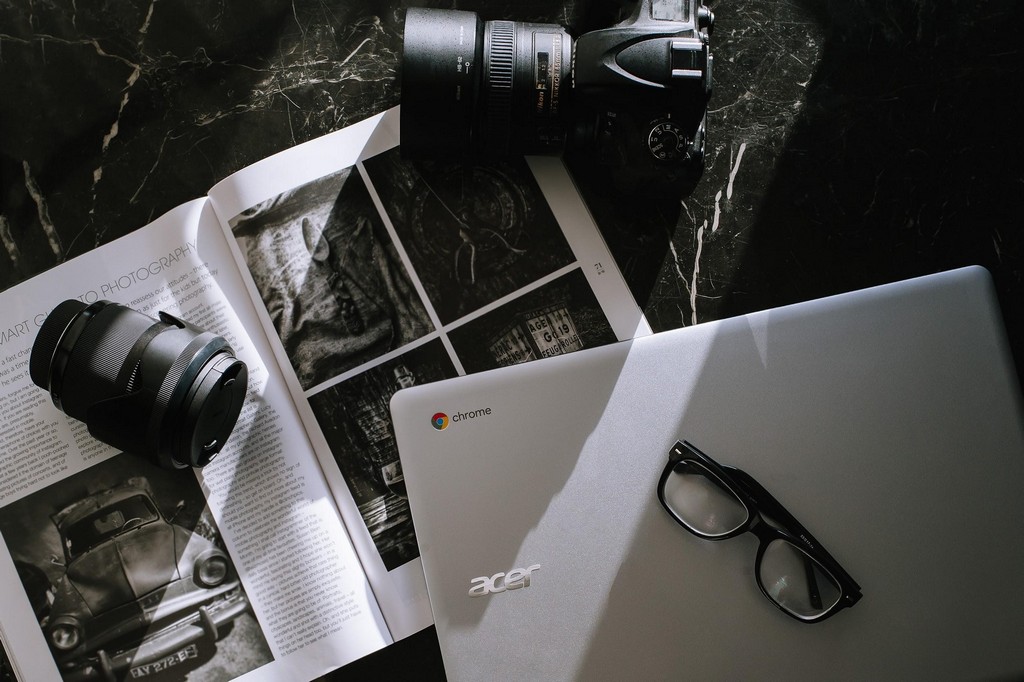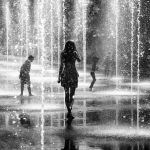Five tips for Beginners from photography students

Five tips for Beginners from photography students at JD Institute of Fashion Technology
Photography is no longer limited to DSLRs and expensive equipment. The pride behind a right click can be enjoyed by even ten-year-olds, thanks to quality smartphone cameras.
Nature provides a broad canvas for this art; with a plethora of subjects to choose from, both still and active, in mesmerizing shades of almost every color known. Whether it is a dolphin leaping out of the deep blue waters of the Ganges, vast yellow fields of mustard, a withered tree against the skyline, fireflies, star trails, or merely a bud blooming into a rose, nature photography have its challenges. And as you practice, you will be able to capture not only an excellent picture but also the essence of the surroundings – the rush of action, energy or peace.

Here’s what to keep in mind while in the race for capturing that one masterpiece:
Camera
A DSLR is NOT a must for getting the perfect click, but a creative eye is. Point-and-shoot, even smartphone cameras come with a good resolution and essential features. A Macro setting works when the subject is small and still- a tulip bud or dew drops on blades of grass. In the manual mode, use smaller apertures for a greater depth of field, like a landscape encompassing the shore, sea, and mountain. Increase the shutter speed for capturing fast-moving subjects in action- a leopard chasing its prey.
Lens
A variety of removable lenses can be used with a DSLR (in non-DSLRs, this is compensated with inbuilt settings). Choices vary with function. What do you want to click? Use a zoom lens brings faraway specks into focus- a kingfisher clutching fish perched upon a tree or the dark craters on the moon’s surface. A short telephoto lens (80-135 mm) works great for portraits and candids of still subjects-a duck brushing its feathers. A wide-angle lens is for landscapes and a fisheye lens(ultra wide angle) for artistic experimentation.
Light
Light can drastically alter a photograph. Shoot during the golden hours- late dawn or early dusk- for optimum light conditions and scintillating shadows. Diffused light works wonders to the saturation levels of your image. Avoid direct sunlight at all costs to prevent over-exposure. Use a bigger aperture (small number) with a low shutter speed while shooting in the dark to let in maximum light.
Quantity
In the digital age, don’t be stingy in the number of clicks. For every breathtaking shot of the rippling turquoise waters of the brook or the praying-mantis launching into a leap, there are scores of blurry, shaky, out-of-focus images, trust even the best of professional photographers on that. Use continuous-shot mode while capturing moving images. The more you click, the more are the chances of getting the perfect pick. Delete your fallacies, free up space regularly.
Creativity
Photography is regarded among the fine arts. Look around, observe. For instance, while capturing a river, framing it diagonally would incorporate its serpentine nature. Utilize the rule of thirds; avoid placing subjects right in the center. While catching bushes, let the canopy of leaves of nearby trees frame the picture on the top. Think through your eyes, feel the vibe of the place before you click.
Through 3 Months Diploma in Photography Course at JD Institute of Fashion Technology students can benefit professional experience in
– Encapsulating the entire medium of Visual Image from a technical as well as from an art point of view
– Imagining, communicating, integrating and composing
– The importance of visualization and observation in Fashion Photography
– Knowledge of handling the technical aspects of a camera
Admissions for 3 Months Diploma in Photography Courses are open now.
Explore here https://goo.gl/SK9e9b









